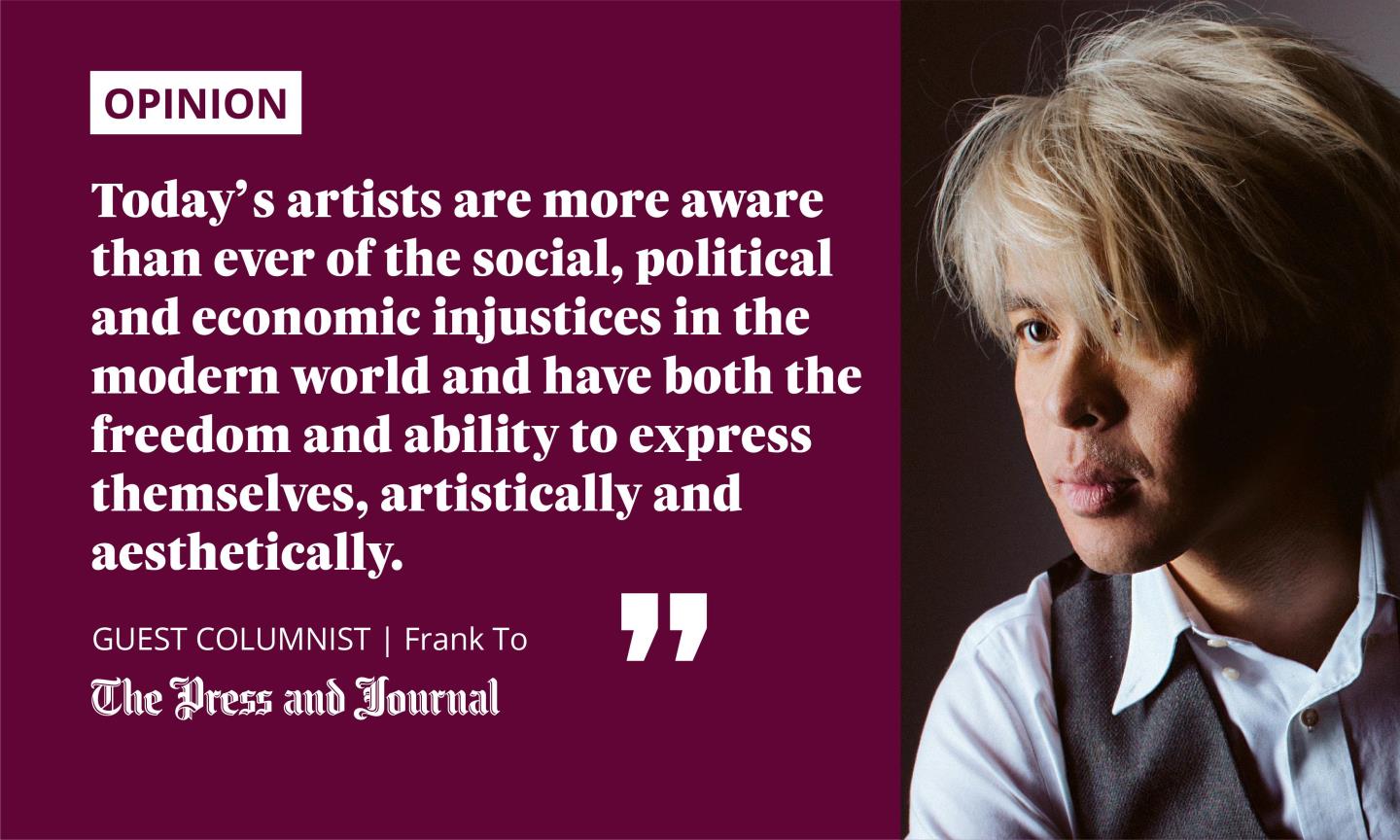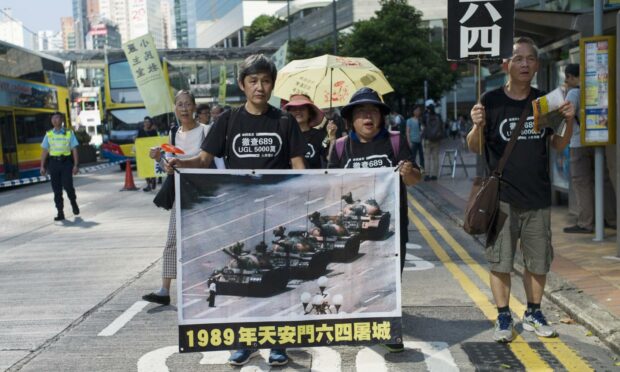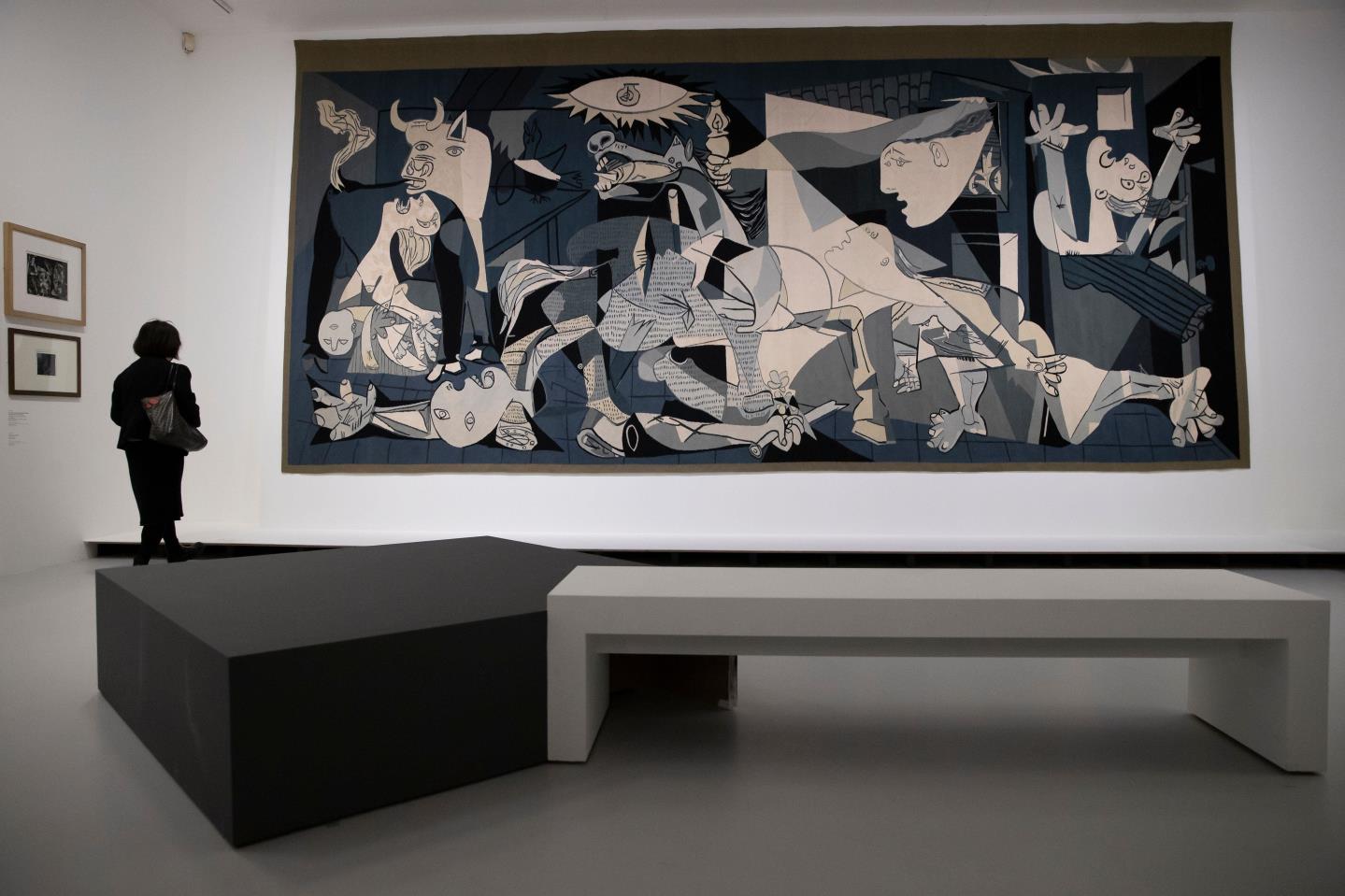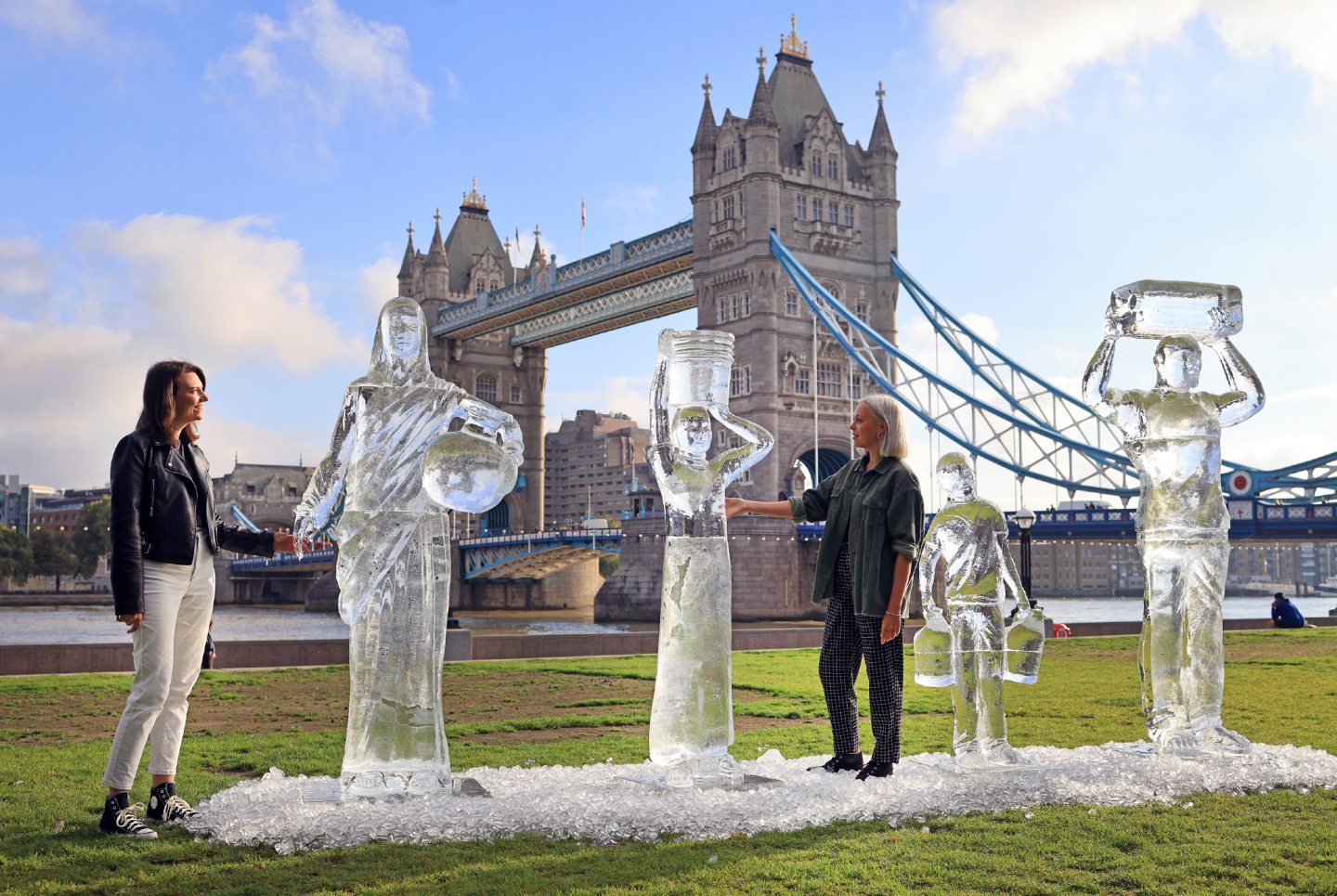I’m not sure if you can call my upbringing “ideal”. I’m your child of the 1980s and 1990s. I grew up in a time of uncertainty.
There was the Cold War, the collapse of the Soviet Union, the Gulf War, the Bosnian War; looking back, it feels like everything in that period was about “war”. I was exposed to it all through television, of course, but one memory stands out the most and that was during the Tiananmen Square protests of 1989.

I was only seven at the time, but the image of a lone protestor standing defiantly in front a column of tanks made an everlasting impression on me. Taken by photographer Jeff Widener, Tank Man is one of the world’s most iconic images. It was also my first introduction to activist art.
Today, the People’s Republic of China reportedly still try to censor that image, but it remains a powerful symbol of democracy and opposition to tyranny on civil liberties. A moment in history, captured in art.
Art masters broke rules to pave the way
Of course, art which both documents history and questions it is not a modern phenomenon. Francisco Goya’s etching series Disasters of War (1810-1820) and Pablo Picasso’s Guernica (1937) demonstrate this. These art masters were the rule breakers who paved the way for their future contemporaries.
Due to the phenomenon of the internet and social media, today’s artists are more aware than ever of the social, political and economic injustices in the modern world and have both the freedom and ability to express themselves, artistically and aesthetically.
My time at art school was certainly different to what students experience today. During the noughties, when I was a student, your typical art school was known for its fine art course. The actual word “fine” does not denote the quality of the artwork in question, but the purity of the discipline.
You undertook intense training to perfect your chosen discipline, such as painting, drawing or sculpture. This was often accompanied by a series of heartbreaking critiques which could either be constructive or completely destroy your emotional and intellectual psyche.
Art education has evolved, just like art itself
Art education has always been in this constant flux of change. Contemporary art practice was born out of a desire to overcome the limitations of fine art, and essentially enables the artist to be central to the creative process. Under the scope of contemporary art, students can explore a variety of methods to aesthetically address modern issues such as gender inequality, climate change and poverty, and to express, question and challenge.
The creative and cultural sector now contributes more than £5 million per annum to the Scottish economy
We’ve also seen a move to more business professionalism, entrepreneurship and special enterprise within the creative and cultural sector. Gone are the days where the artist dismissed the importance of self-promotion and business acumen and devoted themselves to being the outrageous bohemian in the name of creativity.
This is clearly demonstrated in the economic success of the creative and cultural sector, which now contributes more than £5 billion per annum to the Scottish economy. Its importance is also recognised by the Scottish Government, which has allocated nearly £34 million to develop and promote creative talent via Creative Scotland.
Contemporary artists have a duty to capture moments in history
Art masters like Goya and Picasso were the rule breakers who paved the way for their future contemporaries. Art is not about “self-discovery”, yet the craftsmanship of fine art remains central to the creative process and the practice of conceptualising and contextualising work.
I strongly believe that contemporary artists have a moral obligation and duty to capture moments in history, create a record of our society and enable meaningful discussions to inspire greater social awareness, change and innovation, either socially, politically or economically. They must challenge the norm of perception on world matters, help audiences see global issues through a different perspective, and evoke emotion, whether that is appreciation, horror or disgust at the artist’s attempt to address the topic.
With COP26 being held in Glasgow next month, there is already a buzz within the creative communities for artists to have their say on the growing international concern of climate change. As an artist, how do you help to advance and impact change? This is a question I ask my students every week.
Scottish contemporary artists will remain (as Steve Jobs once said) the “crazy ones, the misfits, the rebels, the troublemakers, the round pegs in the square holes… the ones who see things differently – they’re not fond of rules, and they have no respect for the status quo”. However, their role in society and the impact art has will, undoubtedly, change. This is especially true in a world where we have an obligation to make things better.
Frank To is a contemporary art practice lecturer at the University of the Highlands and Islands, based at Inverness College UHI. He is a contemporary artist of international acclaim for his work with gunpowder and metal, made from the decommission of illegal firearms


